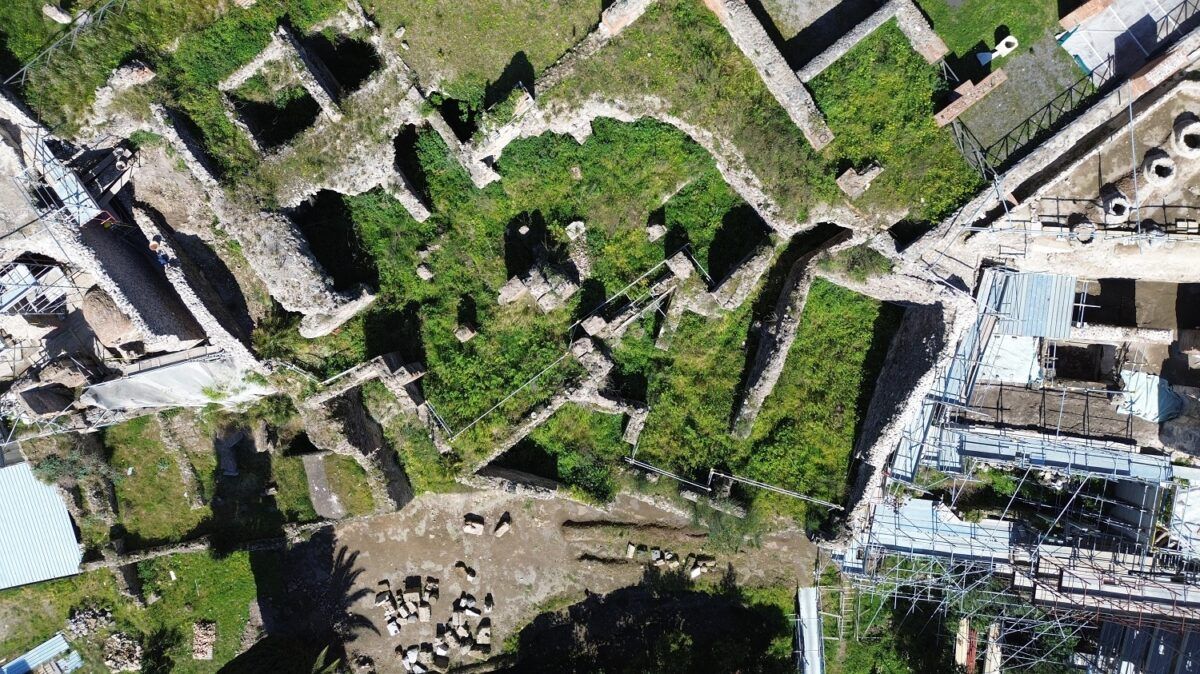Now Reading: IBM and Moderna Use Quantum Computing to Simulate Longest mRNA Pattern Without AI
-
01
IBM and Moderna Use Quantum Computing to Simulate Longest mRNA Pattern Without AI
IBM and Moderna Use Quantum Computing to Simulate Longest mRNA Pattern Without AI

Quick summary
- Researchers at IBM and Moderna have developed a quantum simulation algorithm to predict the secondary protein structure of a 60-nucleotide mRNA sequence,the longest ever simulated on a quantum computer.
- mRNA plays a key role in protein synthesis and is fundamental to creating effective vaccines by instigating specific immune responses.
- Traditional analyses of mRNA folding rely on classical computers or AI models like AlphaFold but have limitations with higher complexity features such as pseudoknots.
- The new method used an 80-qubit system from IBM’s R2 Heron quantum processor, employing conditional value-at-risk variational quantum algorithms (CVaR-based VQA) for modeling molecular structures.
- Previous capabilities in quantum simulation topped out at modeling 42-nucleotide sequences. By addressing noise issues inherent in quantum processing,researchers scaled up to simulate mRNAs with up to 156 qubits for noiseless scenarios.
- The research highlights the need for advanced algorithms and improved hardware architectures to further scale and refine these simulations for longer sequences.
Indian Opinion Analysis
The collaboration between IBM and Moderna signifies an vital step forward in using emerging technologies such as quantum computing to address limitations faced by traditional computational methods. For India, advances like these are highly relevant given its increasing focus on genomics, vaccine progress (evident during COVID), and bolstering biotech industries. Adoption of similar technologies could accelerate India’s R&D capabilities in pharmaceuticals while reducing dependency on external AI tools or classical computers.
Quantum computing’s potential includes solving previously infeasible biological problems-such as improved vaccine formulations tailored specifically for diverse populations-critical to India’s health context given its demographic diversity. However, this frontier science will require sustained investment not just financially but also through growing specialized talent pools capable of leveraging cutting-edge tools effectively within Indian research institutions.

























